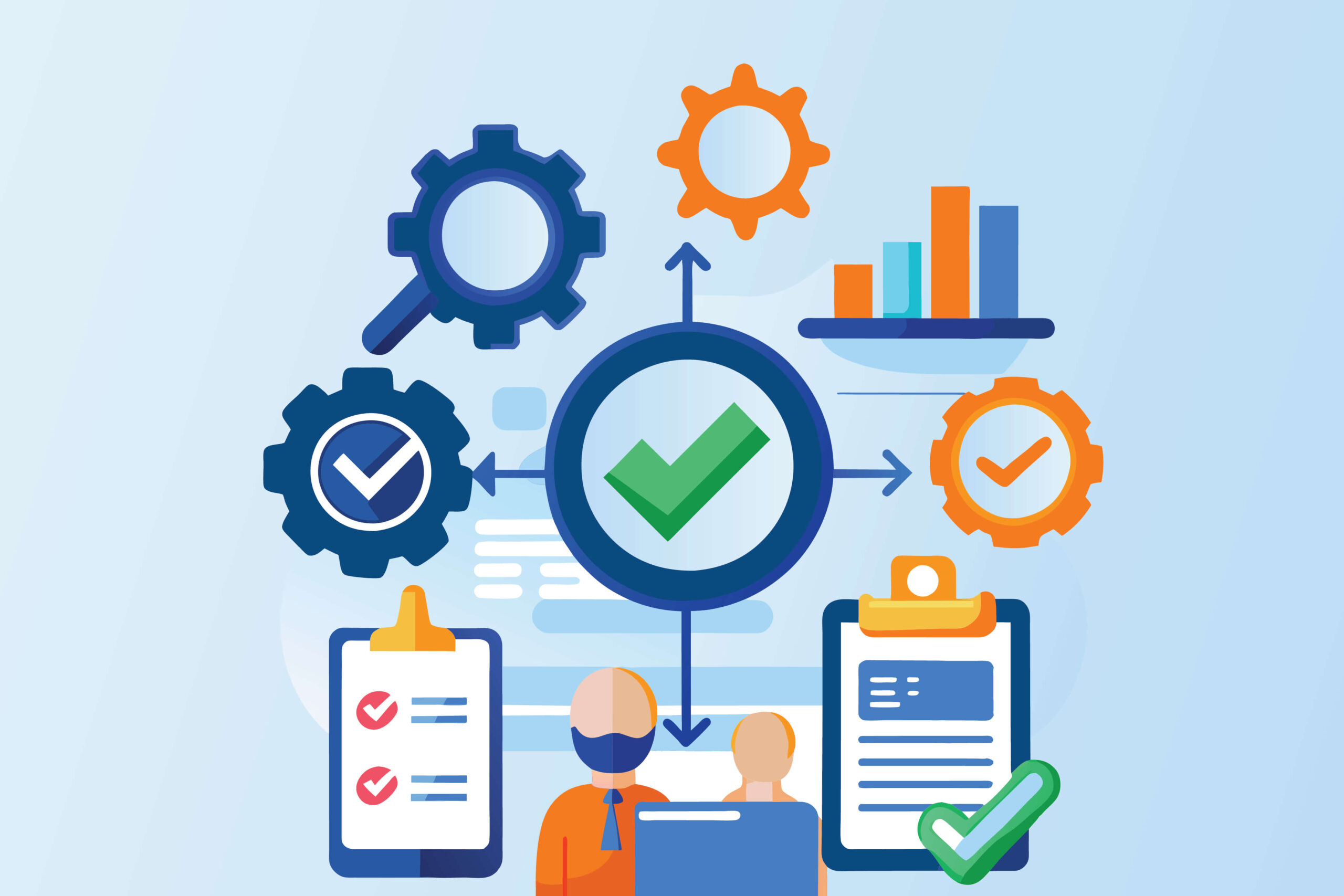In the complex world of process industries, turnaround management events are pivotal. These events ensure the reliability, safety, and efficiency of operations. Planned shutdowns allow for maintenance, repair, and upgrades of equipment and facilities.
However, executing a successful turnaround requires meticulous planning, budgeting, and scoping. Despite these difficulties, the use of a proper cost data set becomes crucial for optimizing turnaround processes.
A Cost dataset is one of the cornerstones of a proper estimating and cost management system. Cost estimating, forecasting, and cost control cannot be trusted without reliable cost data. Having a set of norms to estimate and verify turnarounds has a significant impact on the cost management of these major events.
Also understanding different productivity factors for your assets is key. By using the outcome of hands-on tool time (HOTT) studies, one can make better predictabilities. But is not all about norms and unit rates.
Moreover, historical data from past TAs is of crucial value for the next turnarounds. By knowing what the historical tasks and resources were, project managers can make better decisions about what should and should not be performed during the next turnaround.
Unit rates, essentially the cost per unit of a specific activity or resource, broken down into labor hours (norms) and materials, are highly useful indicators for turnaround planning.
Unit Rates are often derived from historical data, industry standards, and project-specific parameters. For efficient use, unit rates need to be accompanied by a good set of preambles. These preambles describe in detail what is/ is not included in the unit rate. They enable precise estimation and allocation of resources, facilitating decision-making processes for stakeholders.
Knowing the content of the data is crucial. Proper training of the team on how to use the data is key. Detailed knowledge of what is in and excluded in the unit rates directly impacts the accuracy of your budgeting process.
Here is a closer look at how cost data is utilized in turnarounds:
Scope Optimization
Cost data helps optimize the scope of work for turnarounds. By analyzing historical data for various tasks and activities, project managers can prioritize critical maintenance and repair activities while minimizing unnecessary expenditures.
Cost data allows for informed decision-making regarding the scope of work, enabling project managers to focus on activities that offer the highest value and contribute most significantly to operational performance. Additionally, cost data facilitates scenario analysis and contingency planning. These allow project managers to anticipate potential cost overruns and develop mitigation strategies accordingly.
Precision in Budgeting
Turnarounds are significant financial endeavors for companies in the process industry. Accurate budgeting is crucial to secure funding and ensure the successful execution of the turnaround project.
Proper cost data provides the foundation for precise budgeting by offering insights into past expenditures, market trends, and resource availability. With comprehensive cost data, project managers can develop detailed budgets that account for all aspects of the turnaround. From labor and materials to overhead costs and contingency reserves.
This precision in budgeting minimizes the risk of cost overruns and ensures that financial resources are allocated efficiently throughout the project lifecycle.
Resource Allocation
Turnarounds require a wide range of resources, including skilled labor, specialized equipment, and materials. Cost data helps to optimize resource allocation from an early stage. It provides information on the costs and durations associated with different resources and suppliers.
By analyzing cost data, project managers can identify cost-effective resources, negotiate favorable contracts, and strategically allocate resources to maximize efficiency and minimize expenses. This ensures that the right resources are available when needed, reducing downtime, and enhancing overall project performance.
Optimization of tendering process
Cost data can play a key role in tendering processes. Offers based on unit rates and quantities enable fair comparison and evaluation of project proposals when inviting bids. This allows contractors to provide accurate cost breakdowns.
To compare contractor bids, create a dummy scope based on past turnaround data. That way one ensures it realistically reflects the contractor’s activities. By applying the different contractor unit rates, it provides a common reference point for all stakeholders to compare and evaluate proposals. While it may not represent the actual scope of work, the dummy scope allows for more effective analysis and direction during contract negotiations.
Communication and Transparency
Cost data provide a common language for communicating the cost implications of scope changes to stakeholders. The unit rates are fixed by the contract, so only the quantities need to be discussed. This speeds up the process to approve or reject a scope change.
By clearly formulating the cost per unit of specific tasks or activities, the project team can ensure that stakeholders understand the financial impact of scope changes and make informed decisions accordingly. This transparency builds trust and promotes collaboration among project teams, Contractors, and other stakeholders involved in managing scope changes.
Performance Evaluation
Cost data serves as a valuable tool for evaluating the performance of turnaround projects. By comparing actual costs against budgeted estimates and historical data, project managers can assess project performance and identify areas for improvement. Cost variances can be analyzed to understand the root causes of deviations and implement corrective actions. Moreover, cost data enables benchmarking against industry standards and best practices, facilitating continuous improvement in turnaround management and execution.
Risk Management
Turnarounds are inherently risky endeavors, with potential risks ranging from cost overruns and schedule delays to safety hazards and regulatory compliance issues. Cost data plays a crucial role in managing these risks by providing insights into potential cost drivers and vulnerabilities. Through sensitivity analysis and Monte Carlo simulations based on cost data, project managers can assess the impact of various risk factors on project outcomes and develop robust risk mitigation strategies. This proactive approach to risk management enhances the resilience of turnaround projects and minimizes the likelihood of costly disruptions.
In summary, proper cost data is essential for every aspect of turnaround management in the process industry. From budgeting and resource allocation to scope optimization, performance evaluation, and risk management. Cost data provides the insights and tools needed to ensure the successful execution of turnaround projects. By effectively using cost data, organizations can enhance efficiency, minimize costs, and mitigate risks, ensuring the reliability and competitiveness of their operations.




